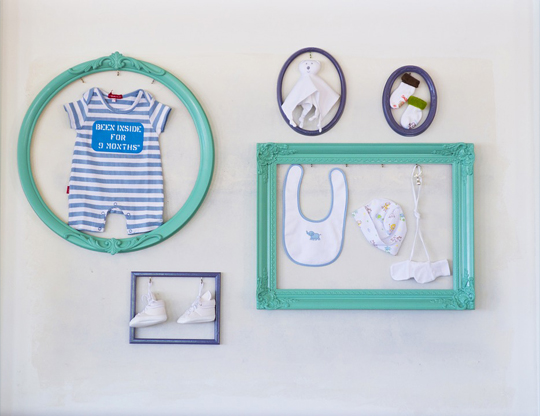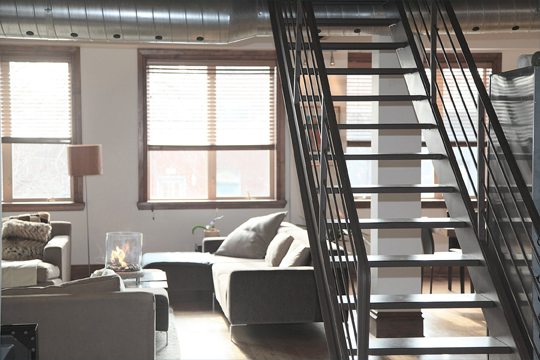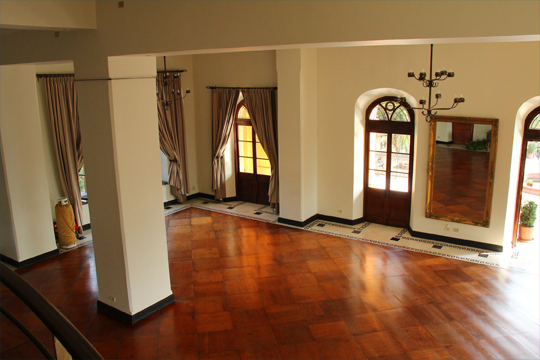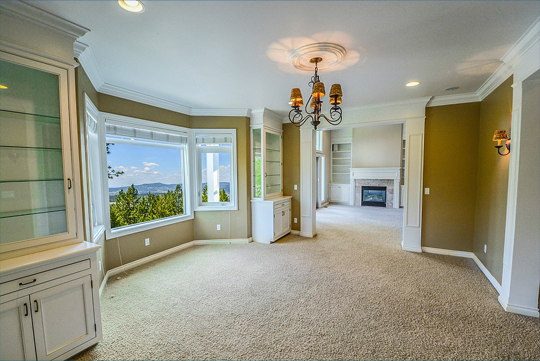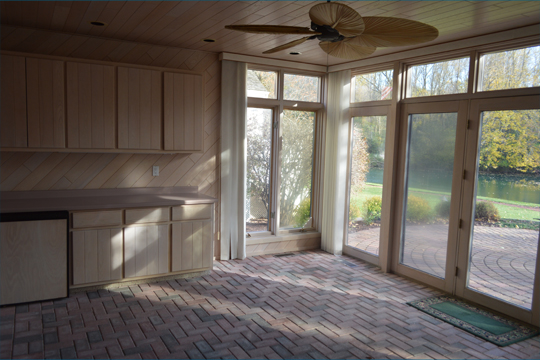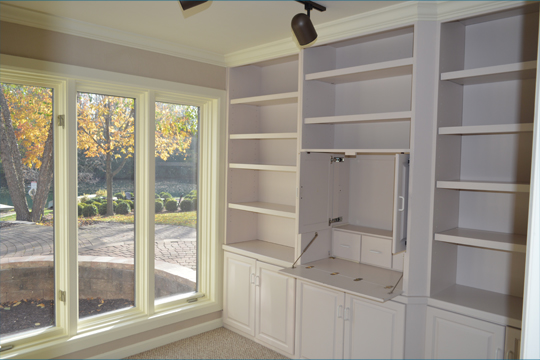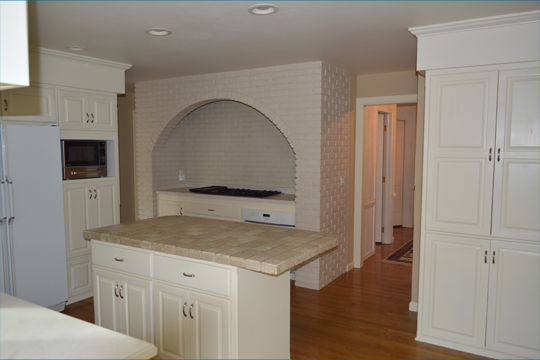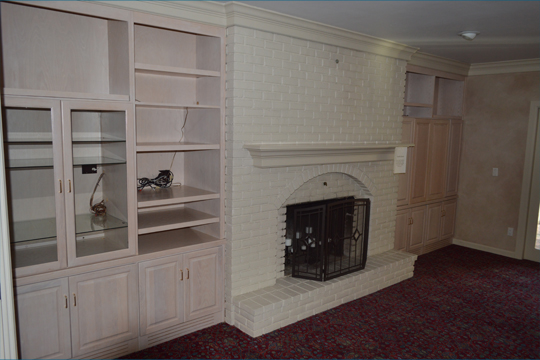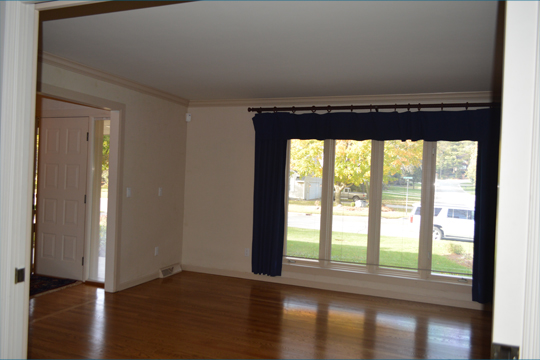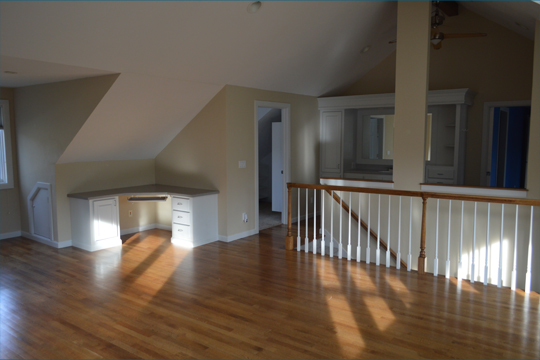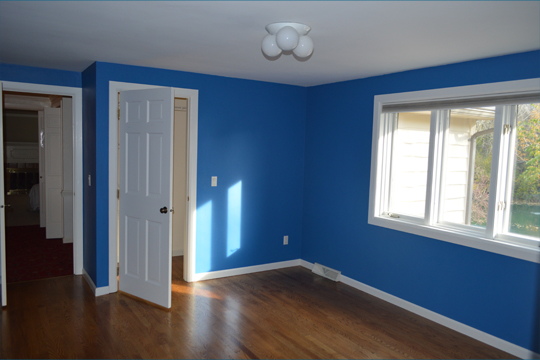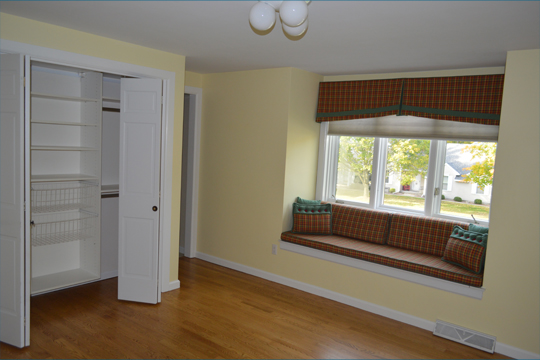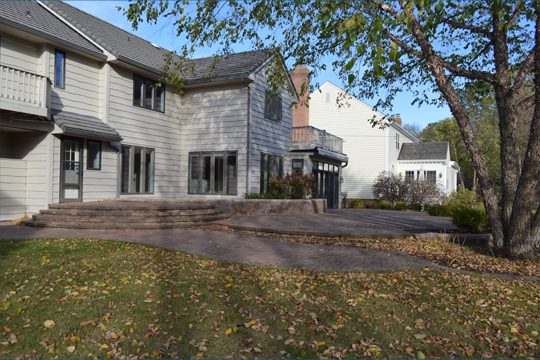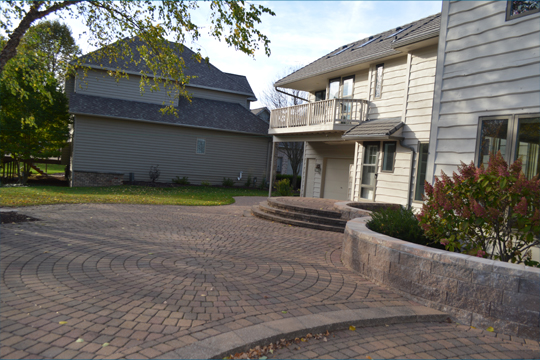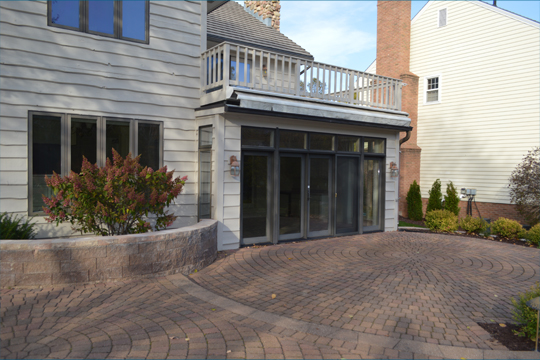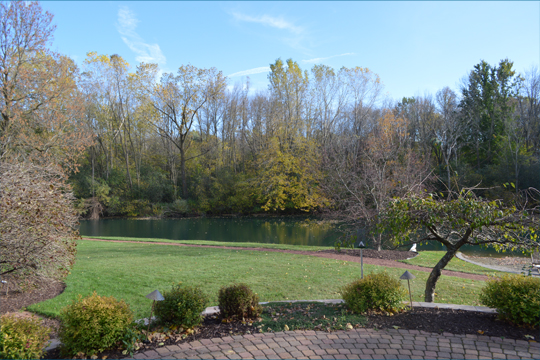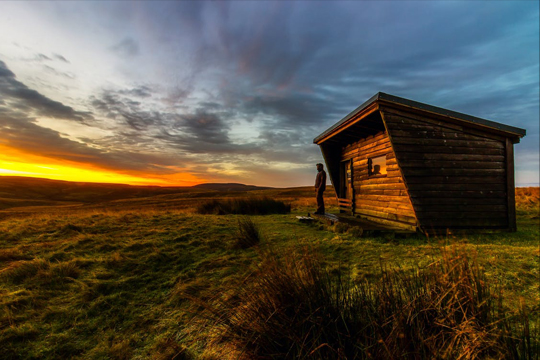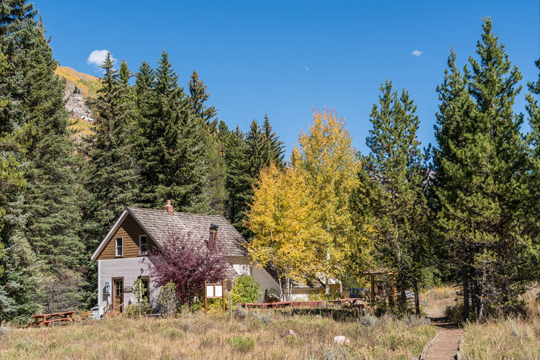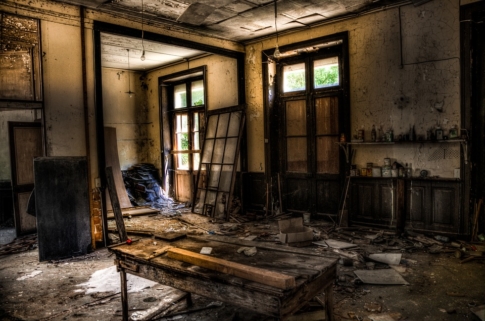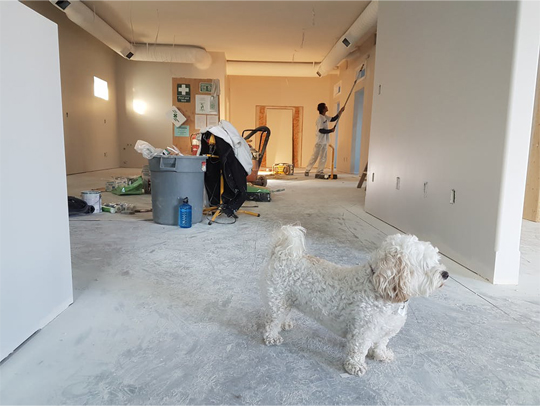While most real estate agents love working with people and looking at homes, writing listing descriptions tends to be a necessary evil of the job. Some agents can put pen to paper and make it sing, while others can barely strings together a coherent sentence. It can also depend on the home. Some homes have so many great features it’s easy to describe them, but for simple or not-so-nice homes, it can be a real challenge. Here’s how to write a winning listing description.
Make a list of the cool things about the property. What exactly this means will change as you can call out certain features that make this property stand out from others nearby. For this you don’t want to worry about characters or sell-able features this is just to get you up and running. Make sure to pay attention to features both inside and outside the house and think about utility throughout the year (ie don’t forget about a beautiful backyard just because it’s currently covered in snow!)
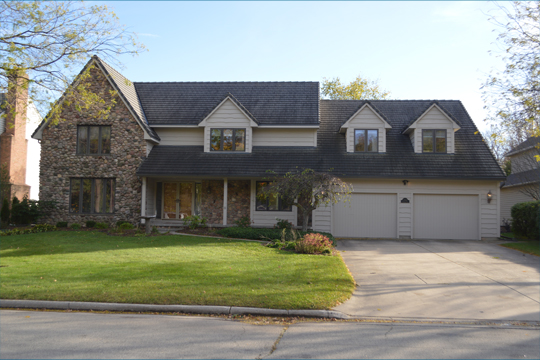
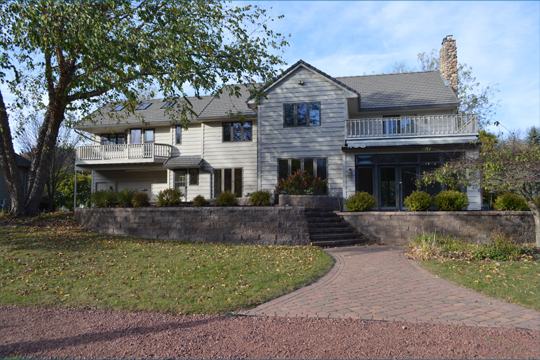
Exterior Features
-Association Lake (stocked with fish and good for lite recreation)
-Tiered backyard
-Private balcony from suites (2)
-Garage door leading to the backyard
-Sunroom/3 seasons leading to backyard with bar area
-Paver patio
-Right in front of beach area (shared)
-Right in front of the shared dock
-Near tennis courts
-Near firepit
-2 car attached garage
Interior Features
-Skylights
-First-floor laundry
-Tons of windows/light
-Pocket doors for privacy
-Hardwood floors
-Fireplace
-Built ins
-Kitchen with island, lots of storage and counter space
-Bricked/built-in stove area
-Breakfast nook adjacent to kitchen
-Office
-Window seats
-Crown molding
-Ceiling fans
-Some vaulted ceilings
-Closets with built-in shelving
-Finished basement
-5 bedrooms ( 2 are suites)
-5.5 bathrooms
After you’ve got your list together, go through and highlight some of the best, brightest, and most unique. This will be your starting point. To start writing, focus on the interior or exterior (whichever you have more to talk about) and work your way to the other.
This property has a lot of great features inside so we’ll start that.
The beautiful 5 bedroom, 5.5 bath home is full of light and has the perfect balance of private space and room to entertain! Enter through the double front doors and you’ll find a living room, den/office, formal dining room, kitchen with breakfast area, and a heated three seasons room overlooking the spectacular backyard. Each room has special features and upgrades from the brick fireplace in the living room to the dry bar in the three seasons room to the built-ins throughout. The chef in your life will love the kitchen with ample storage and counter space as well as the brick alcove which houses the gas stove, separate oven, and more storage.
Then move to the other areas of the home. If it’s a single story or very basic home, you may not even need this part.
Near the kitchen, you’ll find the first-floor laundry/mud room with access to backyard as well as a secondary staircase leading to the second-floor bedrooms. The second story features two suites, a Master suite and Mother-in-Law on opposite ends of the home, each with a private balcony. Master also includes a fireplace and jetted tub with separate stand-alone shower. Also located on the second floor are additional bedrooms, bathroom, and common area with skylights which overlooks the backyard.
Follow up with a little about exterior (or interior, whichever you haven’t already covered).
You’ll enjoy the paver patio with covered awning in the back of the home and convenient location just steps from the association-maintained beach, dock, fire pit with seating, and tennis courts. The two car attached garage includes an overhead door leading to the backyard–ideal for easy access!
Now drive it home with any updates or features that sell, but don’t photograph well, like a boring, but finished basement.
This home has been meticulously cared for and updated throughout the years and includes updates to the forced air, radiant heating and central air systems. Also includes hardwood floors with in-floor heat and a finished basement with daylight windows and bar/rec area with wine room.
There is no reason to finish with a “This is a must-see!” or “Won’t last long!” or any other jargon or overused call to action terms. While these used to stand out, now they just sound dated and get skipped right over.
Perfect! You now have a unique and creative listing description, but it’s a bit long. If you’re dealing with a listing site that has a character limit, you’re going to have to tighten it up. First, copy your full listing description.
The beautiful 5 bedroom, 5.5 bath home is full of light and has the perfect balance of private space and room to entertain! Enter through the double front doors and you’ll find a living room, den/office, formal dining room, kitchen with breakfast area, and a heated three seasons room overlooking the spectacular backyard. Each room has special features and upgrades from the brick fireplace in the living room to the dry bar in the three seasons room to the built-ins throughout. The chef in your life will love the kitchen with ample storage and counter space as well as the brick alcove which houses the gas stove, separate oven, and more storage.
Near the kitchen, you’ll find the first-floor laundry/mud room with access to the backyard as well as a secondary staircase leading to the second-floor bedrooms. The second story features two suites, a Master suite and Mother-in-Law on opposite ends of the home, each with a private balcony. Master also includes a fireplace and jetted tub with separate stand-alone shower. Also located on the second floor are additional bedrooms, bathroom, and common area with skylights which overlooks the backyard.
You’ll enjoy the paver patio with covered awning in the back of the home and convenient location just steps from the association-maintained beach, dock, fire pit with seating, and tennis courts. The two car attached garage includes an overhead door leading to the backyard–ideal for easy access!
This home has been meticulously cared for and updated throughout the years and includes updates to the forced air, radiant heating and central air systems. Also includes hardwood floors with in-floor heat and a finished basement with daylight windows and bar/rec area with wine room.
Then go through and highlight the items that can’t be found elsewhere. If characters are limited, there’s no reason to describe things you can obviously see in the pictures or that’s included elsewhere in the listing like the number of bedrooms or square footage. Once you have your best parts highlighted, copy them below, take out all descriptive words (great, beautiful, spacious, etc) and edit to make sense. If you’re still taking space, you can follow these tips for more ruthless editing: 1) Limit number items in a list 2) take out transition words (also, as well as, etc)
full of light and has the perfect balance of private space and room to entertain Each room has special features and upgrades from the brick fireplace in the living room to the dry bar in the three seasons room to the built-ins throughout the first floor laundry/mud room with access to backyard as well as a secondary staircase leading to the second floor bedrooms. The second story features two suites, a Master suite and Mother-in-Law suite on opposite ends of the home, each with a private balcony. Master also includes a fireplace and jetted tub with separate stand-alone shower. Also located on the second floor are additional bedrooms, bathroom, and common area with skylights which overlooks the backyard. enjoy the paver patio with covered awning in the back of the home and convenient location just steps from the association-maintained beach, dock, fire pit with seating, and tennis courts.updates to the forced air, radiant heating and central air systems. Also includes hardwood floors with in-floor heat and a finished basement with daylight windows and bar/rec area with wine room.
Now look what you’re left with and trim as needed.
Full of light with a balance of private space and room to entertain! Each room has upgrades from the dry bar in the three seasons room to the built-ins throughout. First floor laundry/mud room has access to backyard and second story features Master suite and Mother-in-Law suite on opposite ends of the home, each with a private balcony. Paver patio with covered awning in the back of the home is just steps from the association-maintained lake and tennis courts. Updates to forced air, radiant heating and central air systems and has hardwood floors with in-floor heat, finished basement and bar/rec area with wine room.
Congratulations! You have created a listing description that is sure to attract attention! Remember that many sites are keyword-optimized so using terms that people in your area will be searching as well as not abbreviating (when not needed) will be to your advantage. Pair your new and improved listing descriptions with some high-quality photos and you’re sure to see a boost in activity on your property.






